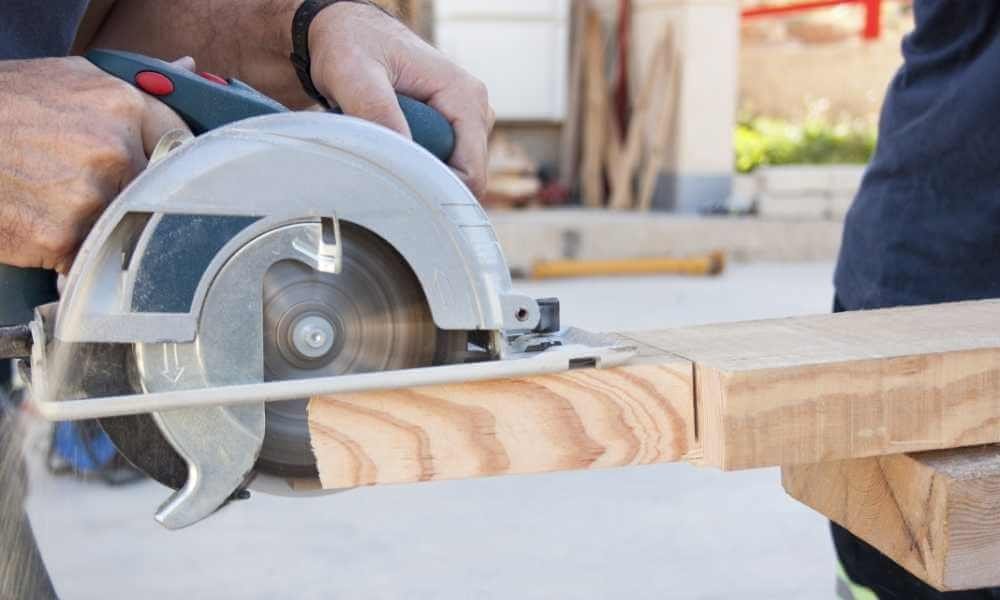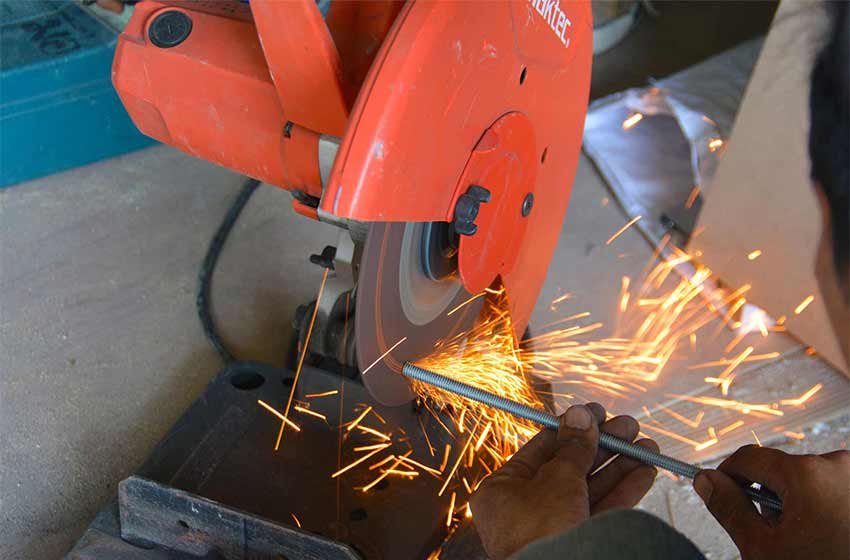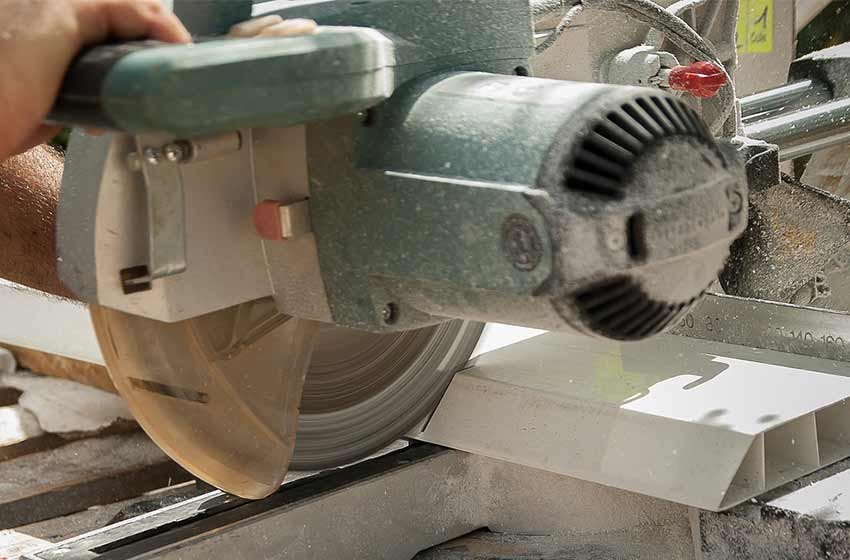
Skirting boards, the innocuous protector of your walls. Running around the room without making a sound, up the stairs and through hallways. These humble boards might seem superfluous decorations.
In some cases, they are, in every case if you want to be philosophical. In practical terms though, a skirting board is the thing that separates your filthy floor from your pristine walls.
Furniture, mops, hoovers, trainers, bicycles, suitcases. There's any number of things which end up thrust to the sides and corners of the room. By affixing wood, or PVC, or vinyl as a skirt, a protective layer is added against these weighty and scuff-making objects.
The Mitre Joint
A mitre cut is required to make a mitre joint. This joint is made by joining two pieces of material together to form a corner - this is typically and indeed, overwhelmingly - a 90 degree one.
On a horizontal surface, think of a skirting board around a room, there is only the need to make oppositional mitre cuts into your board along the thinnest edge.
When affixing skirting board up a flight stairs you'll need to make straight, opposed cuts across the largest edges.
These skills, once mastered, are the bread and butter of woodworking. You can make picture frames, cupboards and more!
So what tools do you need to use for skirting boards, and their attendant mitre cuts?

Level 0 - Hand Tools
When cutting skirting boards, you'll need a tool. At the most basic level, a handsaw and a mitre box could do the trick. Not forgetting, of course, a pencil and a ruler. But hand tools have their limits, you have to be strong and confident to make consistently accurate mitre cuts.
Any cuts that are out by a few degrees will result in a wonky fit, that's why power tools are so damn popular. You're a (wo)man, not a machine.

Level 1 - Circular Saw
They come with a cord or in cordless fashion. Circular saws are powerful tools available at many different price points. Their ability to process material quickly and efficiently makes them a staple power tool. However.
Here is where my level system falls apart, circular saws could be used for processing skirting boards and making mitre cuts. Hear me out. When making cuts across the large face. This niche scenario is where you need to cut lots of material for a large flight of stairs, and you have a production line going on.
If you were really skilled, or if the skirting board you're cutting is less than 100mm, you could use a circular saw. This Level 1 tool is really a secret hard level.
Possibly the most effective way to use a circular saw for making skirting boards is, if, you are going bespoke. You want to create the cornices yourself from a virgin plank of wood. In this case, you would need a circular saw with adjustable depth, or a plunge saw, to make initial cuts that would then need tending to by hand or sander to get into shape.
But for the most part, you just buy skirting ready-made.
Back to the production line scene. You've set the angle on the circular saw, cut across the large face, pass it on to the next person who is wielding a...

Level 2 - Mitre Saw
Yeah, a mitre saw. As the introduction set out, the mitre cut is the key ingredient for skirting boards. So then, it follows that the mitre saw is the best tool for the job.
But which one? There are several iterations to consider. Aside from the blatant differences between a corded and cordless mitre saw, you're faced with a choice between a compound mitre saw and a sliding compound mitre saw.
The compound modifier alludes to the ability of the saw to move on its axis to make an angled cut when dropping the blade straight down.
There are compound mitre saws which operate in only one direction. These tend to be the cheaper versions of the tool.
There are those which move along the axis in both directions, sometimes called dual compound mitre saws.
The main difference is the width of the material that these saws can handle. A compound mitre saw has its blade in a fixed position. The size of the blade determines the size of the cut you can make. Blade sizes differ, with many mitre saws using 8", 10", or 12" blades.

This is glossing over the fact you can flip the material over and do a reverse cut, but this is not ideal for a smooth workflow, and can sometimes lead to mistakes.
A sliding compound mitre saw has the blade set on an arm which allows you to move the blade backwards and forwards. This lets you process wider materials without having to flip pieces.














